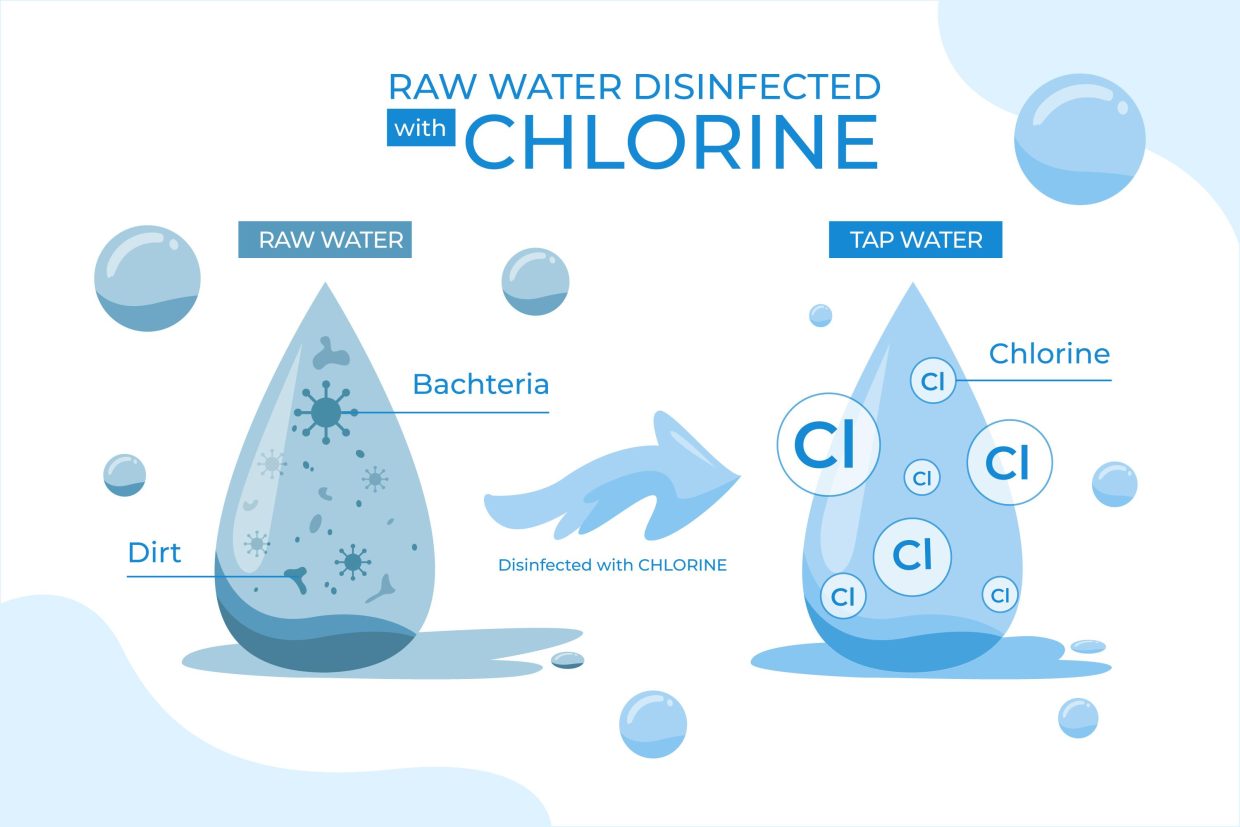
Saffron Irrigation Regime Considerations
The saffron irrigation is an important part of saffron cultivation and requires great attention for the successful growth and production of goods. Unlike the common belief saying that saffron requires little water, and any negligence in saffron corm irrigation will result in significant reduction in production. Saffron irrigation is part of the considerations that needs to be taken into account during the saffron growth period and has a great influence on the quality of the final product and saffron farm flowering rate. In this blog post, we are going to analyze the required considerations for saffron irrigation.
Saffron irrigation frequency refers to the number of times that a saffron flower requires watering during its growth period. Generally, saffron flower requires four irrigations in various levels of flower growth. We already explained how many times and when saffron flower requires watering in “Four Main Considerations During Saffron Growth Period.”
Saffron Irrigation Considerations:
To perfectly grow saffron, the farmer needs to assess the environmental conditions and manage irrigation to thrive:
- Soil moisture: Saffron should be planted in well-drained soil with moderate moisture content. If the soil is overly wet, the root will rot or catch diseases. The irrigation frequency should be in a way that maintains the desired soil moisture level.
- Drip irrigation: If possible, it is best for farmers to choose the drip irrigation method to deliver the water directly to the roots of the plant, minimize water loss through evaporation, and ensure that water is used efficiently. Drip irrigation involves the use of perforated tubes or emitters placed near the plant’s root.
- Irrigation schedule: Saffron irrigation schedules depend on various factors including soil type, climate condition, and plant growth. During saffron growth period, the saffron plant requires several irrigation frequencies, depending on weather conditions and moisture levels. The saffron irrigation frequency is explained in “Four Main Considerations During Saffron Growth Period.”
- Rainfall considerations: In case, there is a high level of rainfall in the saffron-growing region, there is less need for supplemental irrigation, in rainy periods, the farmers need to monitor the soil moisture and make sure that it does not become waterlogged.
- Dormancy period: Dormant period is when the saffron plant is not actively growing in the summertime. During this time, the irrigation should be significantly reduced or stopped.
- The average total irrigation amount: The amount of water during irrigation depends on soil types, plant growth stage, and weather conditions. Normally, the saffron plant should receive 400-500 millimeters of water during its growing period.
- The quality of the water: The water used for saffron irrigation should be clean and free from contaminants. Otherwise, poor-quality water will decrease the overall quality of the final product, and require considering other water treatment options.
There are several ways to improve the quality of the water used for saffron irrigation. This is an important issue which is often neglected by farmers. Possible water treatment options will be discussed briefly in the next section of the blog post.
Common water treatment options for improving the quality of saffron irrigation water:

To improve the quality of water used for saffron irrigation, there are several methods of water treatment:
- Filtration: To remove the impurities and suspended particles from the irrigation water, filtered water can be used. Through the filtration process, sediment, debris, and large particles are removed from the water.
- Chlorination: To disinfect the irrigation water and control microbial growth, chlorine-based compounds are added to the water to inhibit the growth of bacteria, viruses, and other pathogens.

- Reverse Osmosis (RO): Through the reverse osmosis process, some water molecules are allowed to pass selectively, while other impurities are rejected. The concentration of salt and minerals is reduced in irrigation water, using RO systems.
- Biological Treatment: Using microorganisms to break down and remove the organic contaminants in water. To enhance the quality of water, biofiltration, and constructed wetlands are employed.
- pH adjustment: In some cases, the farmers may need to adjust the pH of the water. Proper pH levels of water ensure that the soil has optimal nutrients and that nutrient deficiencies or toxicities are prevented.
The type of water treatment performed highly depends on the quality parameter of water used in a specific region. Agricultural experts or specialists can help to determine the required treatment method to improve saffron water quality.
The water used for saffron irrigation is so important and farmers should consider using proper water to make sure that high-quality saffron is yielded. SunLand, as a saffron producer and exporter, monitors all levels of saffron production with the help of agricultural experts to ensure that high-quality crop is yielded. To buy best Iranian saffron, you can contact our sales experts to get the best offer.








I¦ve recently started a website, the information you offer on this site has helped me greatly. Thank you for all of your time & work.